I watched and was inspired by the following video.
Add Directional Lighting to a Bachmann BIG Hauler using Diodes and 1.5V Grain of Wheat Bulbs
I have a Bachmann 49 Santa Fe locomotive. It's older yet is largely the same as the 4-6-0 models. I am also very much a novice when it comes to components and electronics. I am mostly self taught via various personal projects and tinkering with LEDs and Arduino.
I understand the concept of using diodes to create directional lighting. I purchased SMD Leds (0603).
- LED is heavy duty & Super Strong, Resin cover to protect the LEDs, LED size: 0603 LED (0.060.030.03 in.)
- LEDs work in 3-3.3Vdc directly, 5V/9V/12V resistors are available for different voltage battery or power supply used
I corresponded with the fellow that made the video. He had this to say:
LEDs are quite a bit different than old-fashion incandescent lights. Two keys - the LED needs a certain voltage before it will emit decent light (3V for example), but an LED also needs to have its current limited (somewhere in the 10mA to 20mA range). The simple method is to add a resistor in series to 'drop' the rest of the power supply voltage and to limit the current. The problem with trains (using simple variable DC power supplies) is that the voltage varies so much. IF the supply voltage was fixed at 12V, then a 1K resistor would drop 9V and limit the current to 9mA (I=V/R = 9/1,000 = .009A or 9mA). The question is, what about when the loco is going slow? You could decrease the reactance to 500 or 400 Ohms.
I understand his points yet I do not know how to move forward. I'd like to at least be able to use the LEDs, even if I do not have directional lighting. Please advise what method or components I might need.

